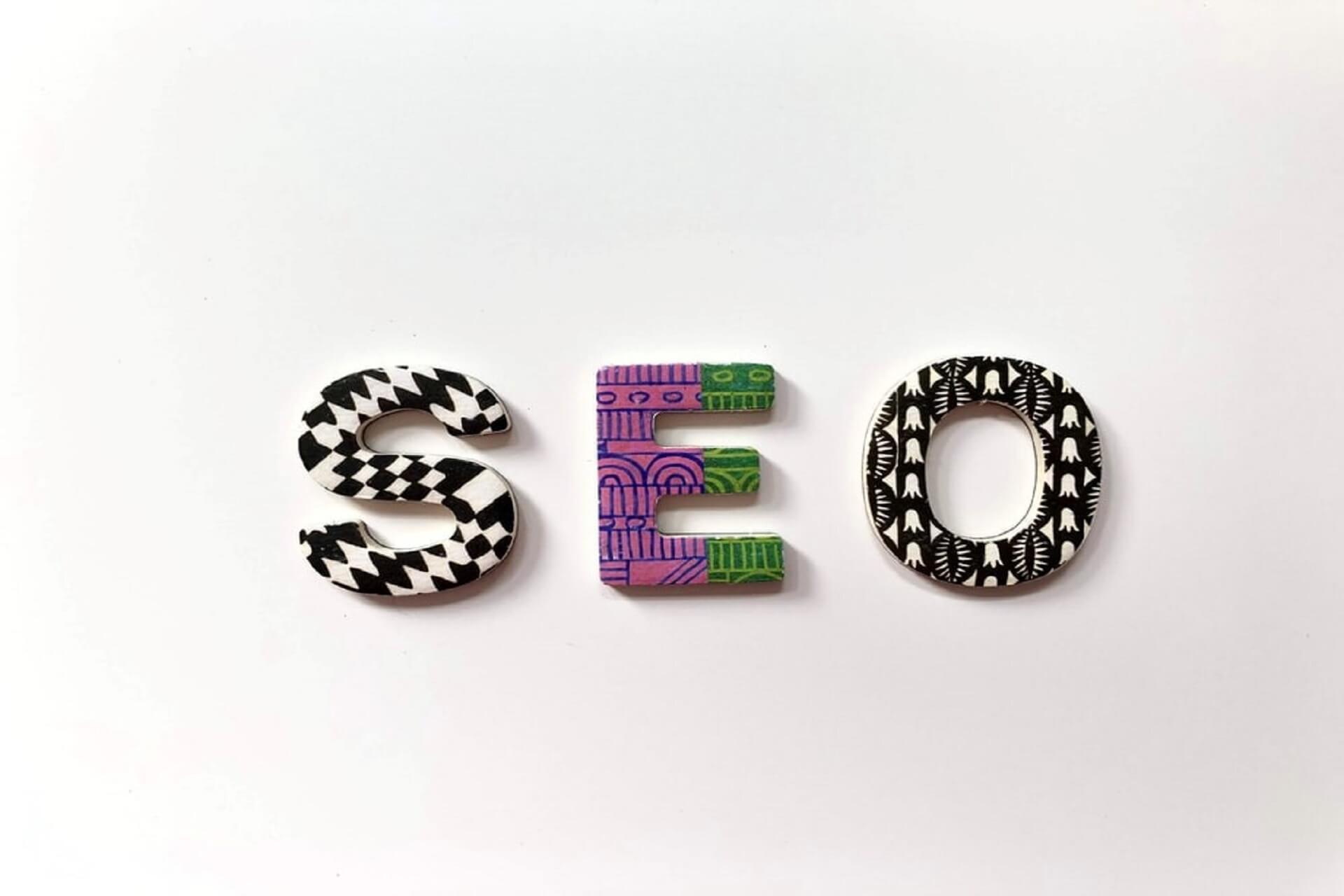How should B2B companies use Pinterest, Vine, Snapchat and other social media?
Should B2B companies use Pinterest, Vine and other social platforms?
General Electric, who successfully capitalised on their ‘’inner geek’’, is now the role model for many B2B companies when it comes to social media.
But is it really worth investing in social media at all?
While it is hard to quantify the financial benefits of social media, 87% of SMEs say that social media has helped their businesses. Because of their boring marketing style, many B2B brands often fail to get noticed.
The bottom line is that social media is not only about ROI – it’s actually more than that. In fact, it can be employed for as many reasons as the followings:
- Raise brand awareness
- Generate more leads
- Connect with prospects, clients and industry influencers
- Establish a company as an ‘authority’ in the field
- A way to manage bad publicity
- For SEO (especially for Google Plus)
Now that most B2B companies are clear about the benefits of social media marketing, the critical question is ‘HOW’.
Beyond the emotionless gadgets.
Why was GE so successful? To put it simply, they had a tangible strategy to turn their businesses into something fun and human-like on social platforms. They made their name ‘relatable’ beyond their business partners but also to customers and other stakeholders.
But we can’t deny the fact that GE’s success story is also attributed to their big budgets on social. So what other successful – but less-discussed – examples can tell us about B2B on social media?
Maersk Line on Instagram & Pinterest
Cargo shipping meant nothing exciting in the old days. That perception is changing, thanks to Maersk Line. Whatever they post on Instagram, they were carefully crafted around to convey the business’s unique persona to those who are unfamiliar with shipping industry.
‘’Maersk Line is a container shipping giant with operations in more than 100 countries, well known within the shipping, energy and maritime technology industries’’.
While they are super active on a variety of social platforms, their Instagram and Pinterest effectively combine educational and creative contents to engage with audience.
Takeaways: It is all about communication via powerful, sharable and high-quality imagery. However both platforms require great amount of creative input.
Screwfix on Twitter & Facebook
Sometimes it’s the humour that counts.
Screwfix, the UK’s largest supplier of trade tools & hardware products, utilises Twitter to live feed about their opening hours, deals of the week as well as prompt and efficient customer care.
They effectively turned their disadvantages by featuring jokes and humors to give a quick reason for people to like / follow them.
Takeaways: For brands tweeting fun images and massages, Twitter and Facebook can be a efficient tool for PR and customer care. However it can also damage your brand reputation by not responding to complaints correctly.
HP on vine
Just like Screwfix, a multinational IT corporation HP also focuses on the ‘fun elements’ to give an incentive for their viewers to visit their social site. But, unlike Screwfix, HP uses videos with hashtags on Vine, where the average user demographics are aged between 18 and 20. According to the 2014 B2B Social Media Landscape, videos are the best performing content for B2B companies to communicate online.
Takeaways: Videos are the most successful content to be shared for B2Bs. However it is also important to understand Vine’s specific nature and unique user demographics.
Intel on Snapchat
For those who are not familiar with Snapchat, it’s a social networking app that ‘‘allows users to take meaningless, embarrassing, private and goofball type photos or videos and send them to friends. After a few seconds, the photos or video vanish and are no longer available for the user to see.’’
Intel, the company that has been helping Stephen hawking talk since 1997, is also nailing at Snapchat whose monthly visitors exceeds 100 million. A Snapchat Story allows B2B companies to post images or videos (a.k.a., ‘snaps’ that expire after 24 hours) offering unique brand experiences (NOT advertisements) on their own account.
Takeaways: While it is a simple and efficient way to convey your brand story to the modern internet consumers with shrinking attention span, the platform is not friendly to businesses.
Back to you…
So what do the handful number of successful stories tell you about B2B social media? There is no such thing as a standardised social media marketing strategy. Depending on your objective, target audience and the nature of business, your strategy can vary accordingly.
The underlying fact is that the success is often the results of good understanding of diverse social landscapes (each has distinctive user demographics), an effective approach (e.g., should you use a shotgun or rifle approach?) and the collaboration between experienced creative and technical experts.
What do you think?
Appnova is a digital agency specialising in web design, UX, eCommerce, branding, digital marketing and social media.
Keep following us on Twitter @appnova and “like” us on Facebook for useful news and tasteful digressions about geeky stuff.
Subscribe To Us
Our Services
Categories
Subscribe To Us
Contributors
Categories

This website uses cookies so that we can provide you with the best user experience possible. Cookie information is stored in your browser and performs functions such as recognising you when you return to our website and helping our team to understand which sections of the website you find most interesting and useful. Third party cookies such as Google Analytics is also used on this site to provide analytics in order to better understand the user engagement on our site.
You can adjust all of your cookie settings by navigating the tabs on the left hand side.
Strictly Necessary Cookie should be enabled at all times so that we can save your preferences for cookie settings.
If you disable this cookie, we will not be able to save your preferences. This means that every time you visit this website you will need to enable or disable cookies again.







0.Comments